FEATURE-Elephant in the room: Social Protection and Welfare of Migrant Workers

By Mohamed Munas, Senior Researcher, Centre for Poverty Analysis, Colombo
Although labour migration has been a significant phenomenon in Sri Lanka for over half a century, addressing the social protection and welfare issues pertaining to the migrant workers and their families left behind remains lagging. The newly launched ‘National Policy and Action Plan on Migration for Employment - Sri Lanka 2023 – 2027’ articulates the key gaps in social protection. According to the Sri Lanka Bureau of Foreign Employment (SLBFE) (2002), Sri Lanka encounters an annual reported outflow of 200,000 migrant workers which increased in 2022 to 311,000.
Although the figures are not available yet, the reports indicate a sharp increase in outflows for the years 2022 and 2023 (SLBFE 2022 and Central Bank of Sri Lanka 2023). Nearly 40 per cent of the migrant workers who left the country in 2022 are females who are employed as domestic housekeeping assistants. At present, over 1.5 million Sri Lankans live overseas and the majority of them are temporary, contract migrant workers in the Gulf region. A large segment of the population that remits their wages home are formally categorised as low and unskilled migrant workers. These workers face numerous challenges pre-departure, in-service and on return. Having access to decent social protection mechanisms during these three stages has become critical to manage their risks and uncertainty.
Over the years, the government of Sri Lanka, through the SLBFE has introduced numerous policy measures to ensure the protection of migrant workers and their families. The policies regarding pre-departure trainings, low-interest financial instruments, insurance and housing for disabled migrant workers are a few broad measures to note. The government also attempts to put in place measures to protect migrant rights through bilateral agreements with labour-receiving countries. In September 2022, “Manusavi’, a social security contributory pension was introduced for Sri Lankan migrant workers employed overseas by the Ministry of Labour and Foreign Employment. According to the documents published by the authorities, with a monthly contribution of US$11 per month for four years, a worker will be entitled to a monthly pension of a minimum of Rs. 20,000.
Despite the presence of these policies and programmes for supporting migrant workers, the protection of migrant workers has been a great challenge for the state. The existing social protection and welfare measures are not adequate to address the grave issues, risks and uncertainties faced by the vulnerable migrant populations. Female migrant workers are the most vulnerable groups among the migrant worker population of Sri Lanka. According to complaints received by the SLBFE, 81 per cent of the total complains received in 2022 are from the women migrant workers and 76% of this complaints come from the ‘female domestic housekeeping assistants’ category. A majority of the complaints have been in relation to the breach of employment contract. This complaint is a result of recruitment malpractices, lack of information and understanding regarding the expected tasks overseas, not offering a proper contract, and contracts being in foreign languages and so on. In addition, breach of contract has serious implications on the migrant workers working conditions overseas. They are expected to perform tasks beyond their capacity, and work overtime in harsh conditions and this often leads to abuse and violent acts by the employer resulting in other complications. The complaints regarding harassment and sickness top the list owing to the issues on contract breaching.
The ongoing financial and economic crisis once again tests Sri Lanka’s ability to cope with such a massive challenge. One of the immediate symptoms of the problem has been the shortage of foreign currency, and migrant workers’ remittances was seen as a way out since other foreign exchange earning revenues such as tourism and garment sectors witnessed a collapse. This pushed the government to put in stringent measures to ensure that forex inflows are channeled through ‘formal channels’. Channeling remittances through informal channels saw a sharp increase during the year 2022 as the government pegged foreign exchange rates.
On August 16, 2022, the government introduced an incentive scheme “enabling the Sri Lankans employed abroad who remit foreign exchange to Sri Lanka through the banking system of the country to import a fully electric vehicle”. In order to be eligible to import an electrically powered two-wheeler, the migrant should have remitted at least $3000 between May 1, 2022 and April 30, 2023 through a registered commercial bank in Sri Lanka. This particular policy instrument is drafted with the apparent intention of attracting foreign remittances from migrant workers with higher earning capacities. The question here is to what extent the migrant workers from different levels of skills could benefit from this scheme as they work for low salaries. In addition, the government reversed the regressive Family Background Report (FBR) regulation which banned women with children under the age of five years migrating for work overseas. The reversal to the FBR reduced this age from five to two years to enable the migration of more women to increase forex to the country. Although this was a welcoming move in relation to mobility of women for work as the presence of FBR often led to unsafe and irregular migration, the amendment came into effect when the country was having a foreign exchange crisis. The government introduced FBR in 2012 with the intention of providing protection to the women workers and their families. However, with little or no improvement in the social protection and welfare system, the amendment would only be seen as a way of encouraging women migration with the intention of bringing foreign revenue to help address the financial and economic crisis.
The budget for 2024 has an explicit focus on social protection. The most prominent one among these is the Aswasuma benefit scheme which received significant traction among the donors as well as the political community due to the substantial increase in vulnerability to poverty owing to the ongoing crisis. The budget pledges an increase in Aswesuma benefits from Rs. 60 billion to Rs. 183 billion providing relief for two million families.
In addition to Aswesuma, the budget also emphasizes the importance of other social protection measures targeting specific groups, such as disability and kidney patient allowance, pregnant mothers, internally displaced people and subsidies and subsidised loans for various groups However, the budget 2024 does not recognise the migrant workers and their families as a special group that requires additional support by the state. In fact, migrant workers are mentioned only twice in the entire budget, in relation to two interventions by non-state actors. More critically, having a migrant worker in the family makes them ineligible to receive Aswesuma benefits following the rationale that they receive foreign remittances. Therefore, the exclusion of families with migrant workers has pushed them to a vulnerable position as policies and programmes targeted at the migrant workers’ families are not comprehensive enough to provide benefits to the most needed given the high rate of inflation that prevails in the country. The remittances received from the migrant worker members find it hard to make the ends meet.
Therefore, we call for a comprehensive and accessible social protection system with a national vision geared towards increasing benefits to the most vulnerable segments of the migrant workers and their families. It is hoped that ‘The National Advisory Committee on Migration for Employment’ set up as per the ‘Policy and Action Plan on Migration for Employment - Sri Lanka 2023 – 2027’ would assess the progress of the social protection and welfare of the migrant workers and their families. The government and the authorities need to take result-oriented, holistic social protection measures. The prospective beneficiaries need to be sufficiently informed of the eligibility criteria and the process of accessing any such schemes. In addition, the process should be transparent with simple documentation available in local languages to ensure better coverage. Most importantly, the government needs to continuously engage with the employers to ensure adequate legal measures are taken to include the migrant workers in social protection systems in countries of destination.
-
Still No Comments Posted.






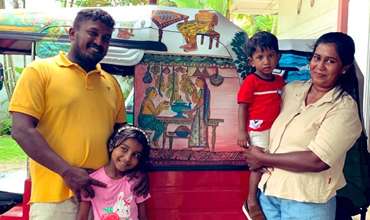
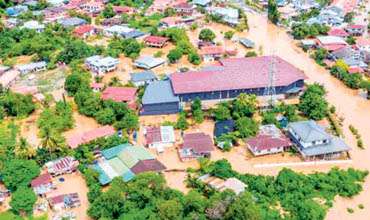
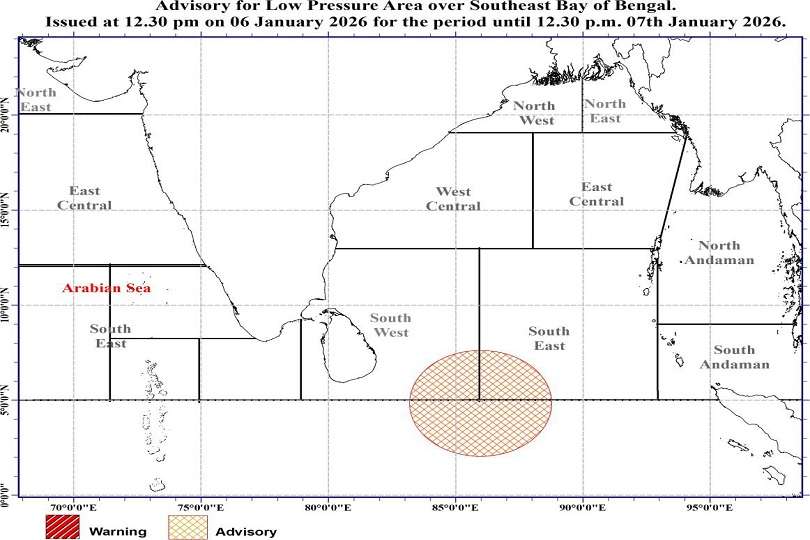
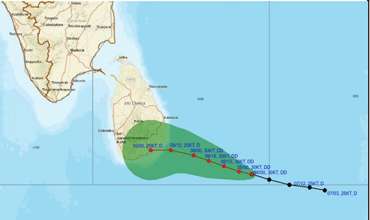

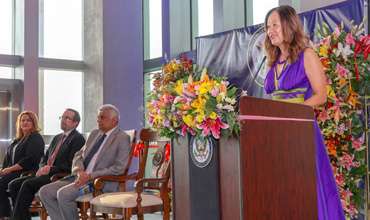

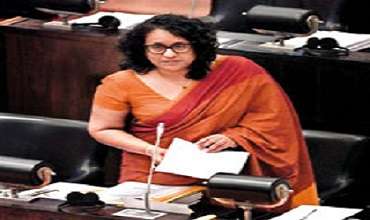
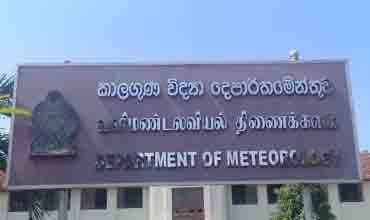
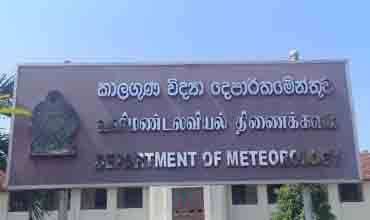
Leave Comments